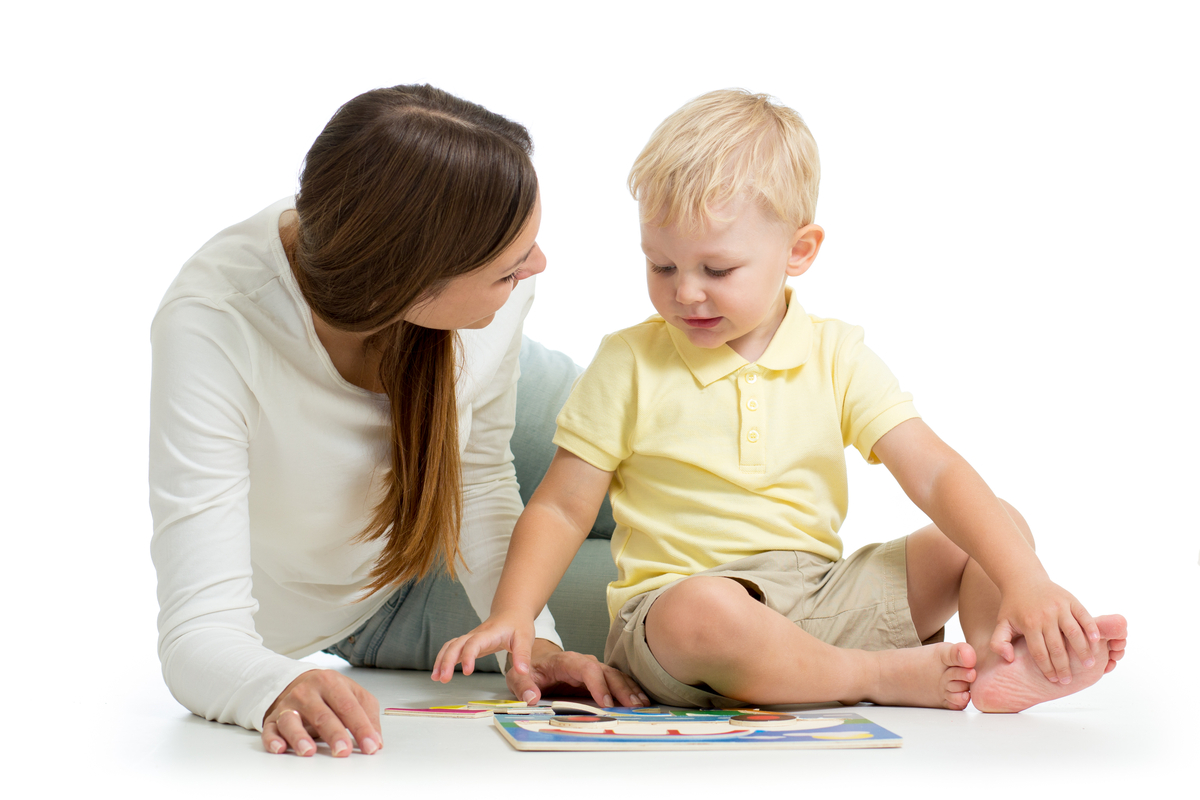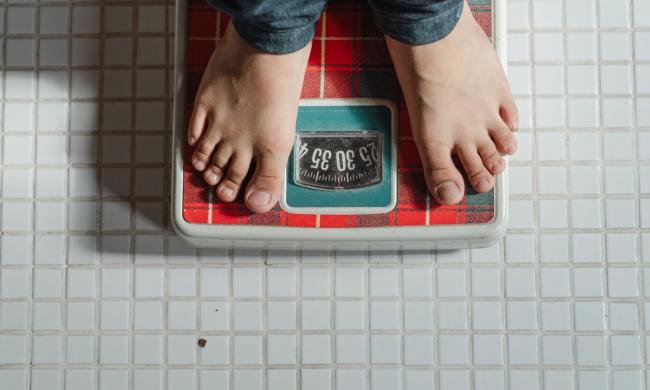Babies love a game of peek-a-boo and got your nose, but now that your little one is officially a toddler, when is the right time to start teaching them the names of their body parts? The answer is right now. The toddler stage is considered the period of time from a child’s first birthday through age 3. It’s the time leading up to preschool, and this period is a fun one for parents and kids. They are intellectual sponges during this stretch in early childhood development, so aside from practicing speech with your toddler at this particular stage, it’s also the perfect time to teach them body parts.
Little piggies may go to market, but experts say stick to correct terms when introducing body parts to toddlers. Noodle and noggin may sound cute when talking about the head, but to avoid confusion when kids hit preschool, use correct terms with toddlers when identifying parts of the body. Of course, even though you are using the right words, you can still have a lot of fun helping kids learn their body parts.
Talk, talk, talk
Unlike teenagers, toddlers focus on every word and action coming from their parents. When you are doing everyday activities like getting dressed and brushing teeth, use body part names while talking to your child. Put your arm in the sleeve of your jacket or put your right foot in the sneaker are easy ways to get kids discussing body parts. The more you say words like eyes, ears, nose, mouth, and head, the more likely it is for toddlers to pick up the vocabulary and begin using it themselves.
Music
Toddlers love to sing, and they get excited when parents do too. There are many catchy tunes on the playlist to get kids familiar with their body parts’ names. Quite a few include movement as well. “The Hokey Pokey,” “Heads, Shoulders, Knees, and Toes,” and “If You’re Happy and You Know It” are classic kids songs that teach toddlers the parts of the body while getting everyone moving. The tunes are catchy, easy to sing introduce toddlers to body part names like hands, feet, head, leg, arm, and more.

Open a book
Curling up with toddlers to read is an excellent way to teach the body parts while developing important pre-reading skills and spending quality bonding time. Whether you read books before bed, bath, or whenever the mood hits, choose toddler-oriented books focusing on body parts. Dr. Seuss’s “The Foot Book” is a silly read about all different kinds of feet. After reading the book, take off the socks and have a look at your toddler’s feet and yours.
New Jersey children’s book author and illustrator Aliki Brandenberg goes by the pen name Aliki and has a few perfect titles in her numerous list of publications for getting toddlers familiar with their body parts. “My Feet,” “My Hands,” “My Five Senses,” and “I’m Growing” are excellent reads to get you and your toddler reading about body parts.
Games
Like books and music, playing games is a great way to introduce toddlers to the parts of the body. Play a simplified game of Simon Says with your toddler, pointing to body parts like head, knees, toes, stomach, ears, eyes, nose, and mouth. Twister is an oldie, but goodie that will get little ones giggling as they try to put their hand on particular colors. The Hokey Pokey pops into this category too. Pull up the song on YouTube and get the whole family involved.
Make a self-portrait
Toddlers enjoy drawing and coloring. Combine the two by making a life-size drawing. Get a roll of white art paper and have your toddler lie down. If you don’t have art paper, use the backside of a roll of wrapping paper. Trace the outline of your child’s body with a pencil. Then get to work using markers and crayons to complete a life-size picture. When it’s all colored, take post-its and label body parts like head and shoulders. Hang the drawing up in their room on a closet door.
At least once a week, play a find and seek type game, having your child locate their thumb or ear on the drawing. Having the words correspond to the body parts on the drawing is also a pre-reading skill that will help toddlers learn to associate letters and words with objects.
Toys and puzzles
Of course, toddlers have a favorite stuffed bear or bunny to cuddle with at nap and bedtime. Use those cute, cozy pals to point out names for arms, legs, eyes, nose, and mouth. You can even get toddlers laughing by comparing a bunny’s ears to a person’s. Dressing dolls help toddlers learn the names of body parts and self-help skills like buttoning and zipping. Wooden puzzles come in all different shapes and sizes, including ones to help toddlers get to know body parts. Puzzles get fine motor skills working while learning to identify body parts.
You can have a great deal of fun teaching your toddler the parts of the body through music, play, books, and art. Don’t be too concerned if, at first, your child isn’t picking up on a lot of the body part terms. Just keep talking. Toddlers are listening.

If you’re trying to teach your baby to talk, make sure to check out our four fun activities that will encourage your baby language learning.



